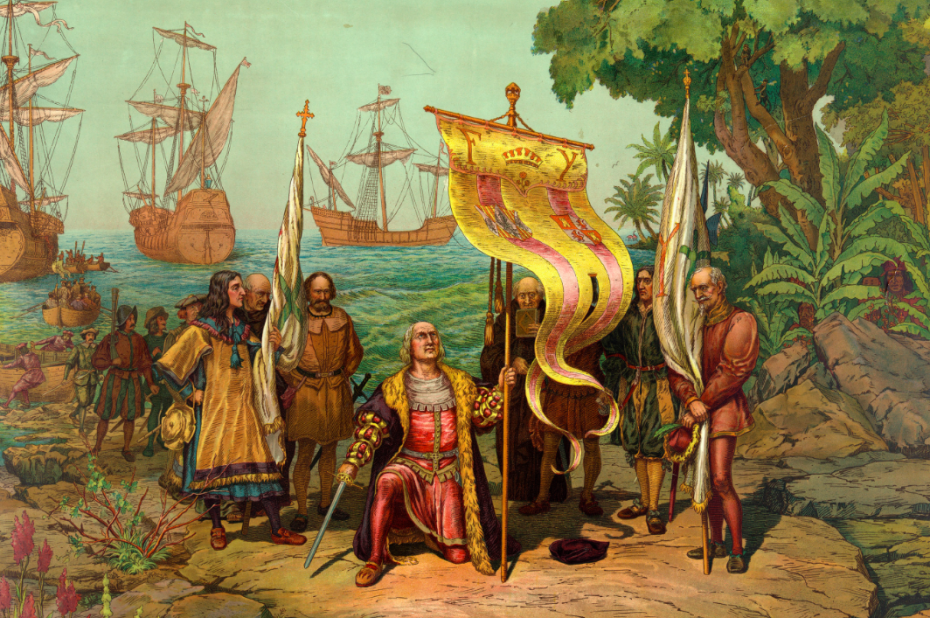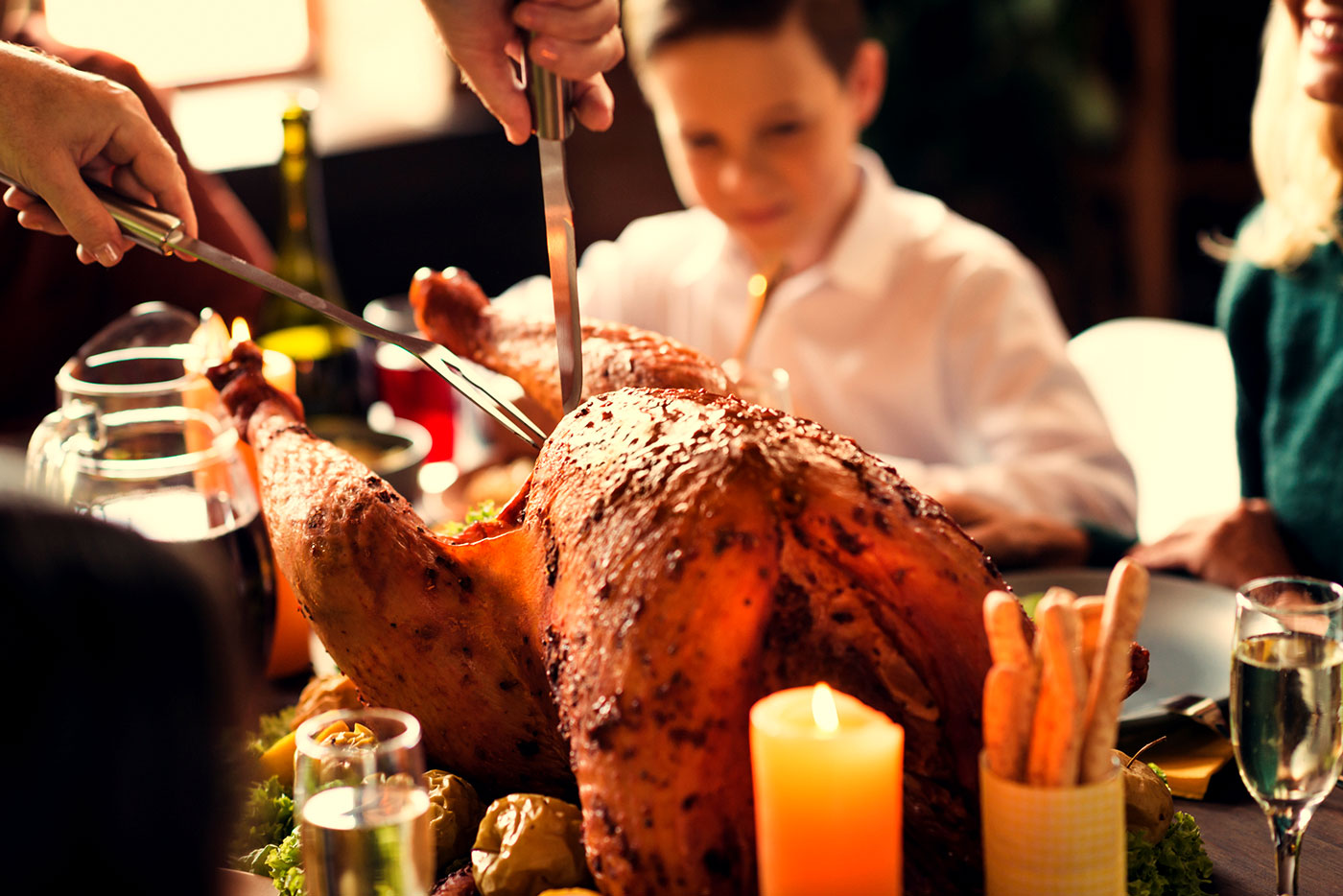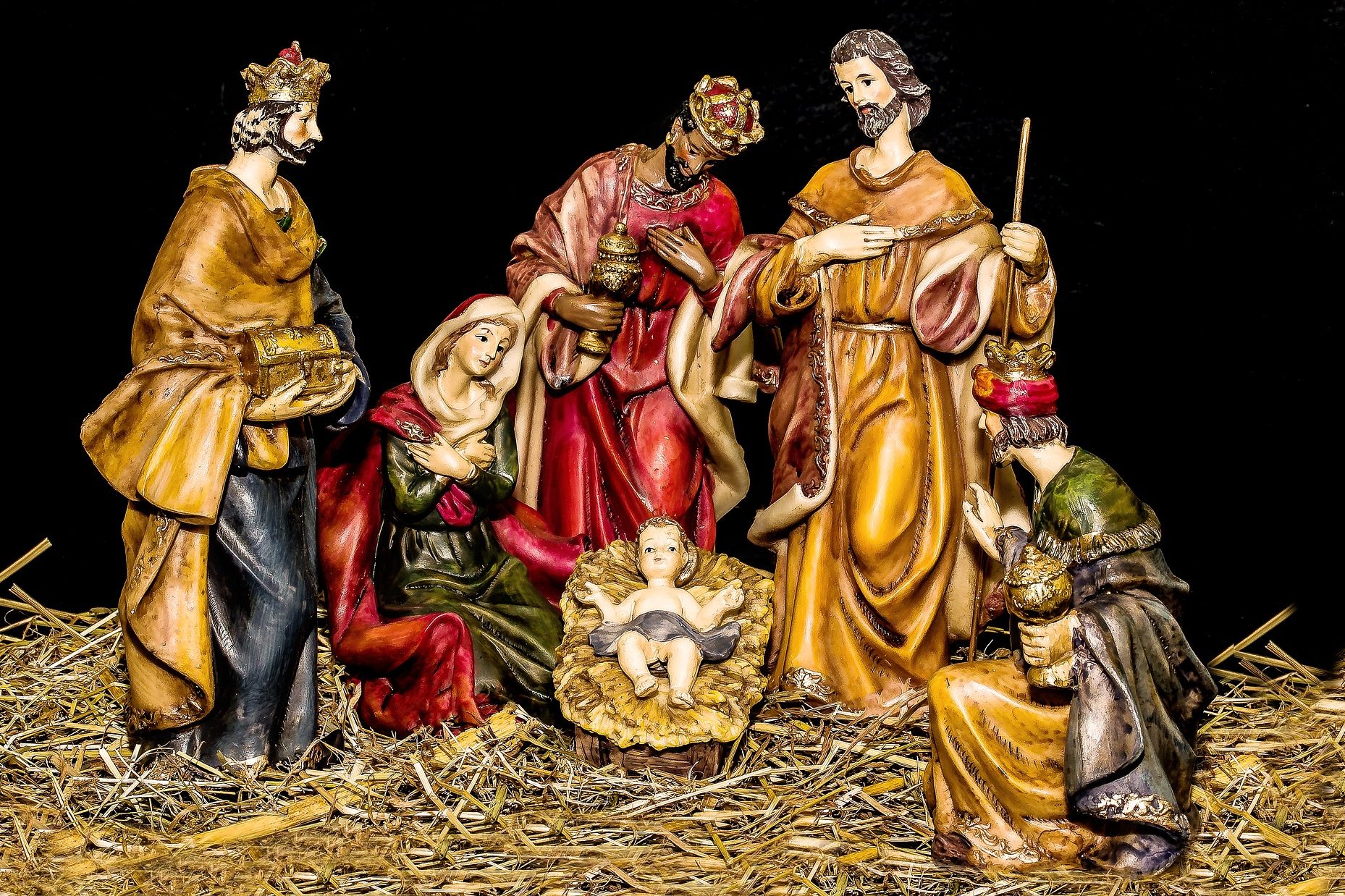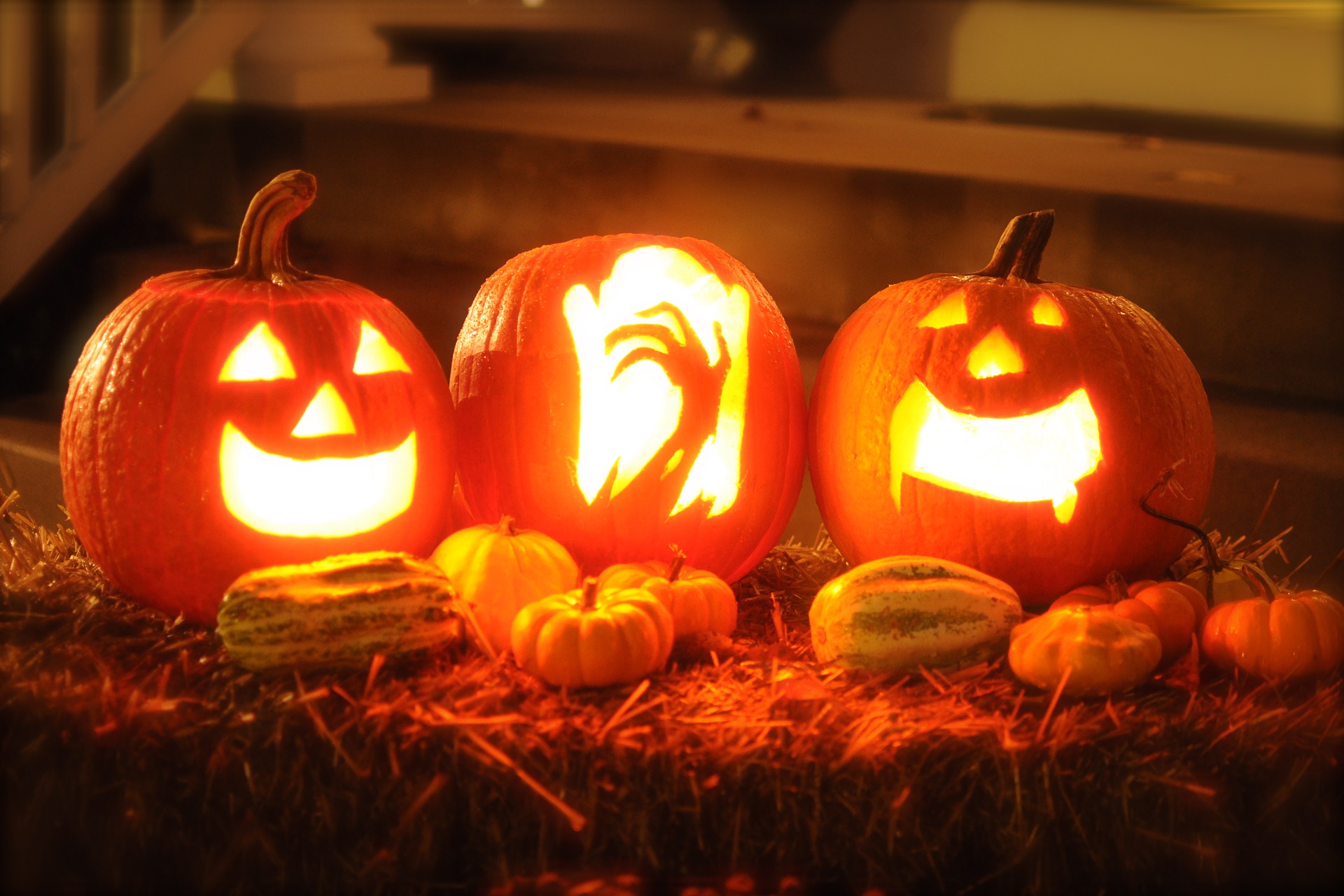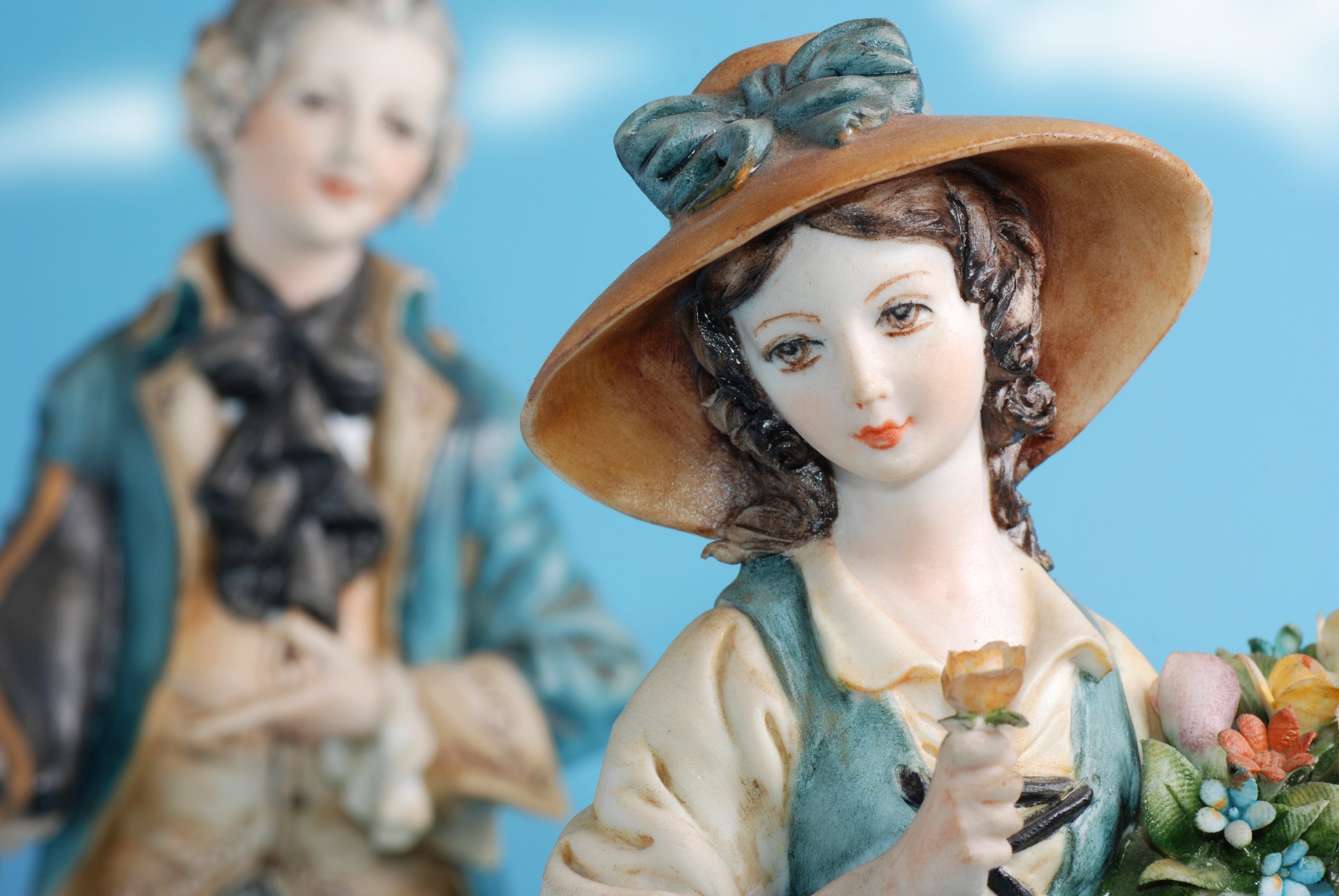How did Columbus determine the speed of his ship? The ship’s speed was measured by throwing a piece of flotsam over the side at the bow of the ship. On the side of the ship were markers. As the ship was moving, they sang a chant which took a certain amount of time from beginning to end so that by the end of the song, when the flotsam passed a certain mark on the side of the ship, it gave them the speed at which they were traveling.
This method would allow Columbus to estimate his speed, and from that estimation he’d place a mark on the map, marking where he believed he would end up at the end of his day. This ending point would be his starting position when he continued navigating his expected course and the distance he hoped to travel the next day. And this practice was done about every hour. It wasn’t very accurate, but it was all they had at that time. Of course, he needed his magnetic compass to determine the direction of his travel.
Somewhere in the middle of the ocean Columbus made a discovery even before sighting land. He noticed that his compass did not align with the North Star. He found that the compass needle pointed a few degrees to the west which was different from what the North Star was telling him.
Today we understand that there is a true north and a magnetic north. From the Atlantic Ocean magnetic north reads a few degrees to the west and from the Pacific Ocean magnetic north reads several degrees to the east. This is because magnetic north is located about 400 or 500 miles south of the North Pole, somewhere in Canada.
On October 12, 1492, someone on board shouted “terra firma.” They had come to a small island which Columbus named San Salvador. He took possession of it in the name of Spain. From there he went on to other islands and by December 5 reached Hispaniola, which is the island shared by Haiti and Dominican Republic.
Finally came December 25, 1492. I don’t know what they were drinking, but on Christmas day, the Santa Maria was wrecked on the north coast of Hispaniola. He left some men there to found a colony, and returned to Spain on the Nina carrying bright-feathered parrots and other strange animals, native cloths, ornaments and, of course, gold, lots of it. Columbus was welcomed with a great reception and was made Admiral of the Ocean Sea, Governor-general of all lands he discovered and should discover in the future.
Columbus made four trips all together. With each trip, things got progressively worse. On his second trip, he arrived at Hispaniola to find the first colony destroyed by the natives. He founded a new colony, then sailed off to claim Puerto Rico and Cuba. After discovering Jamaica, he returned to Hispaniola only to find the colonists, interested only in finding gold, completely disorderly. He tried to enforce discipline but could not control his men. Some vessels were seized. There were many complaints to the king about Columbus’s administration.
On his third expedition, in 1498, Columbus was forced to transport convicts as colonists. His popularity declined because of the bad reports on conditions in Hispaniola and because the novelty of the New World was wearing off. In 1500 an independent governor arrived, sent by Isabella and Ferdinand as the result of reports on the wretched conditions in the colony, and he sent Columbus back to Spain in chains. Upon his arrival, the admiral was immediately released, but he was no longer as popular as he had been.
In 1502 Columbus gathered together four ships for a fourth expedition by which he hoped to reestablish his reputation. If he could sail past the islands and far enough west, he hoped he might still find lands answering to the description of India, China or Japan, but of course that never happened. He tried to return to Hispaniola, but was marooned on Jamaica. After he was rescued, he was forced to abandon his hopes and he returned to Spain.
Christopher Columbus returned to Spain from his fourth and final voyage in November of 1504. He was no longer hailed as a hero. His difficulties as governor of Hispaniola, coupled with his inability to find a route to the Indies, made him appear to be a failure in the eyes of the public. Besides, his patron, Queen Isabella, had died and there was no one to go to bat for him.
The final years of Columbus were spent attempting to secure the 10 percent of the revenue he had been promised before his first voyage. He repeatedly attempted to gain audience with the king, but King Ferdinand insisted that Columbus had forfeited this grant by his mismanagement of Hispaniola as governor. The few cash reserves he had quickly dwindled away.
Columbus died on May 20, 1506 without realizing the significance of his great achievement. He had promised the king and queen that Spain would exceed Portugal in wealth and power, and he was better than his word. In one hundred years, from 1492 to 1592, Spain had not only exceeded Portugal in wealth and power, but had become the wealthiest and most powerful nation in the world. Christopher Columbus died never really knowing how successful he was.
